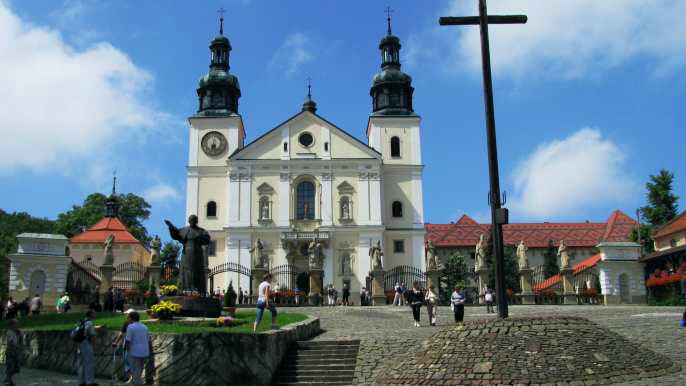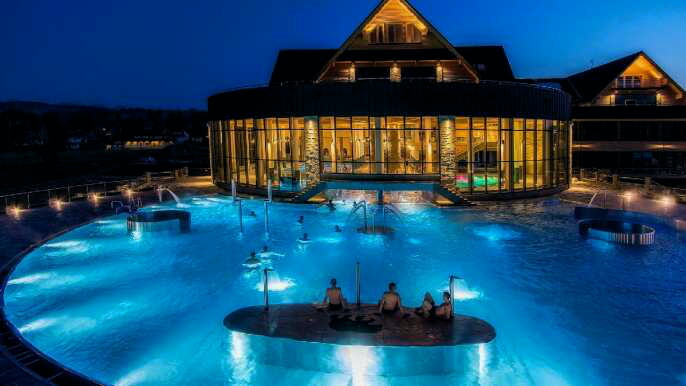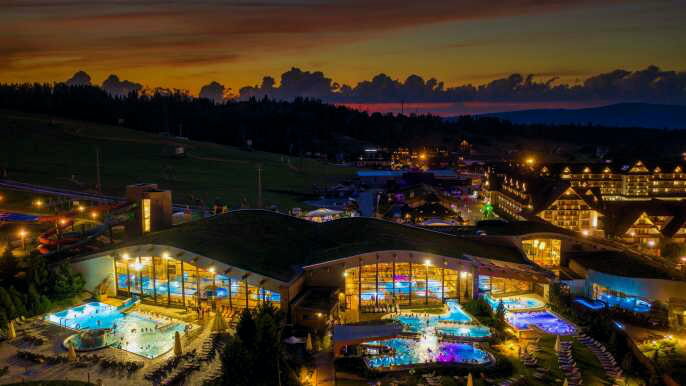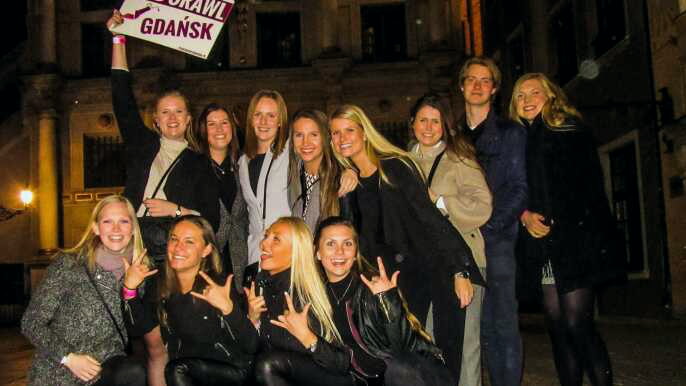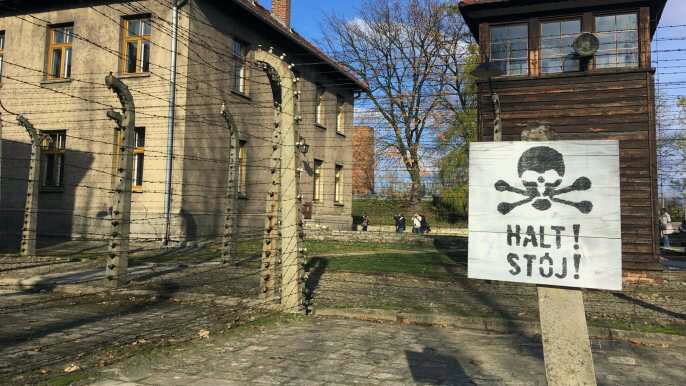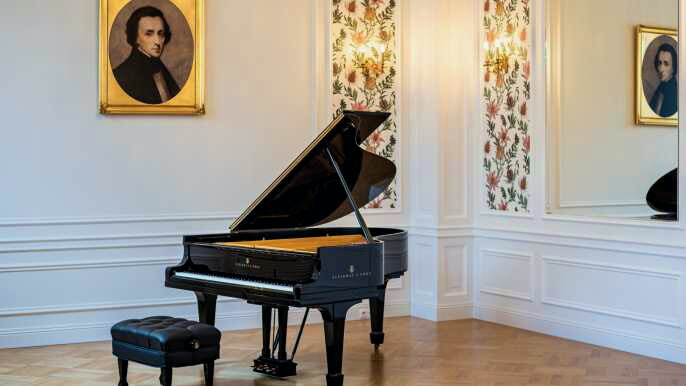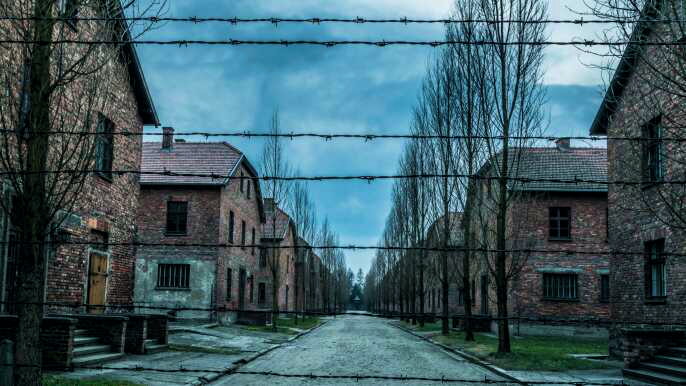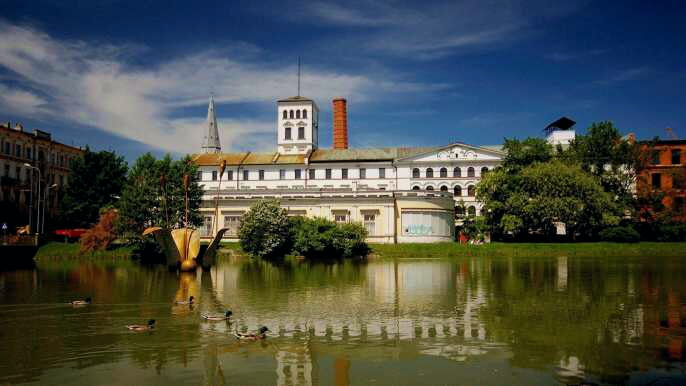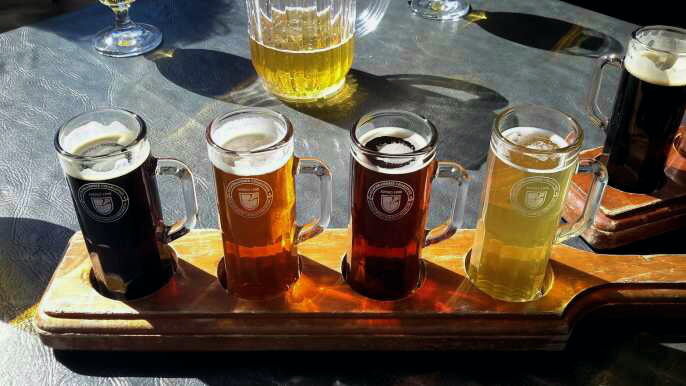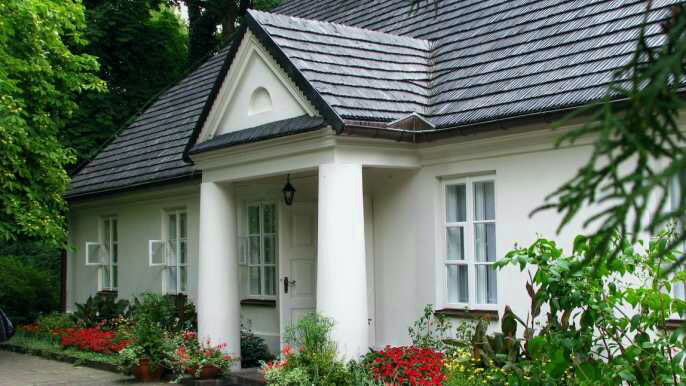Located in southern Poland, Katowice is the capital city of the Silesian Voivodeship and is the 11th most populous city in Poland. The city's urban area is the most populous in the European Union. It is also the main city of the Upper Silesian metropolitan area.
Museums
Located in the south of Poland, Katowice is the cultural centre of the Silesian Metropolis. It is a major city in the Upper Silesia, the most urbanised region of Poland. It is home to numerous public and private companies and cultural institutions.
The Silesian Museum is one of the most prominent museums in the region. The building was once a coal mine, but was redeveloped into an arts and culture hub in 2015. Its large galleries host exhibits of famous Polish artists and other national and international art works. The museum also has an extensive exhibition of contemporary art.
The Museum of Decorative Arts has an outstanding collection of edged weapons, Czech and Polish decorative glass and other items from the 18th to the 20th century. The museum offers an interesting insight into the history of the local area and its industrial heritage.
Silesia Park
Located in the Metropolitan Association of Upper Silesia, the Silesian Park is an excellent destination for fans of sport, nature and culture. With its 620 hectares, it is almost twice the size of New York's Central Park. The park has been redeveloped and modernised in recent years.
The park is owned and managed by WPKiW S.A., a state-subsidised organisation. The project is set to become Poland's largest tourist attraction.
The park includes a number of attractions such as a zoo, a planetarium and a rope park. The park also includes a hotel complex and a restaurant. In addition, the Polish Tourist' Society operates in the park. It features exhibitions of art and theatre costumes. There is also a museum devoted to the history of Silesia.
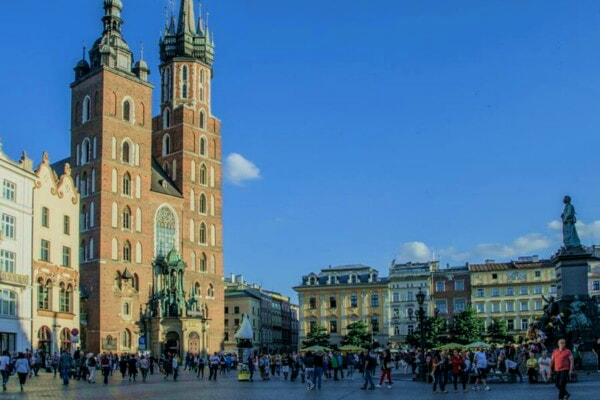
High street
Located in southwestern Poland, Katowice is a city that has a lot to offer. It is a growing modern metropolis with a strong focus on culture. It hosts a variety of events, including concerts, theater shows, and music festivals.
Katowice has a wide range of shopping options. It has department stores, large supermarkets, and smaller boutiques. The main shopping area is the Silesia City Center, which has almost 850 stores.
Katowice also has a vibrant nightlife, with bars and clubs lining the city's main high street. This is a great place for those looking to get a taste of the local scene.
The city park is also a popular tourist destination. It is four times the size of London's Hyde Park. It is also home to a cable railway.
City park
Located on the edge of the city of Katowice, the Silesian Park is known as the "green lungs" of Upper Silesia. It includes a large zoological garden, an amusement park, and the Silesian Stadium. This green area is visited by tourists from all over Silesia.
The area is also home to the Nikiszowiec Museum. The museum features a variety of interesting exhibits. It also gives visitors a sense of life in Katowice during the 1200s to the present day.
Another notable place in Katowice is the Silesian Zoo. This zoo is home to a number of different animals. Some of these include cheetahs, meerkats, and katta lemurs. The zoo is also home to fallow deer and tiger pygids.
There are many other attractions in Katowice. Some of the most popular include the city park, the zoo, and the museum. There are also many shopping facilities and restaurants to choose from.
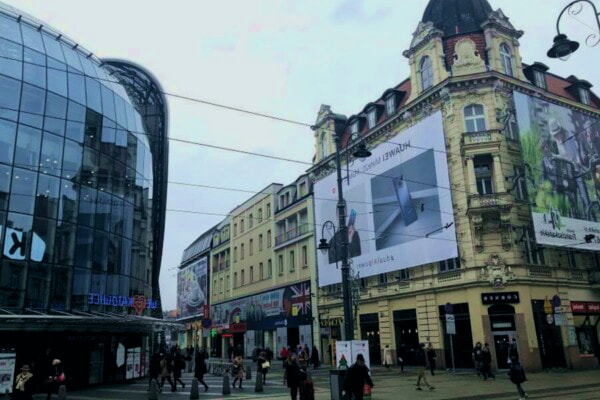
Nikiszowiec
Originally a coal miners' settlement, Nikiszowiec has become a popular tourist destination in recent years. Today, city marketers are trying to draw more attention to this part of the city.
The workers' housing estate of Nikiszowiec is a monument to the history of the Silesian region. It is one of the most famous workers' housing estates in Poland. The complex is divided into six three-storey blocks with inner courtyards. The estate was built between 1908 and 1912.
This complex was built as a self-sufficient workers' community. The buildings in the complex were originally designed for up to 1,000 workers. The buildings were based on a traditional Silesian architectural style. The construction of the complex was interrupted during World War I. After the end of the war, more than 1000 flats were built. Most of the flats were two-rooms.


